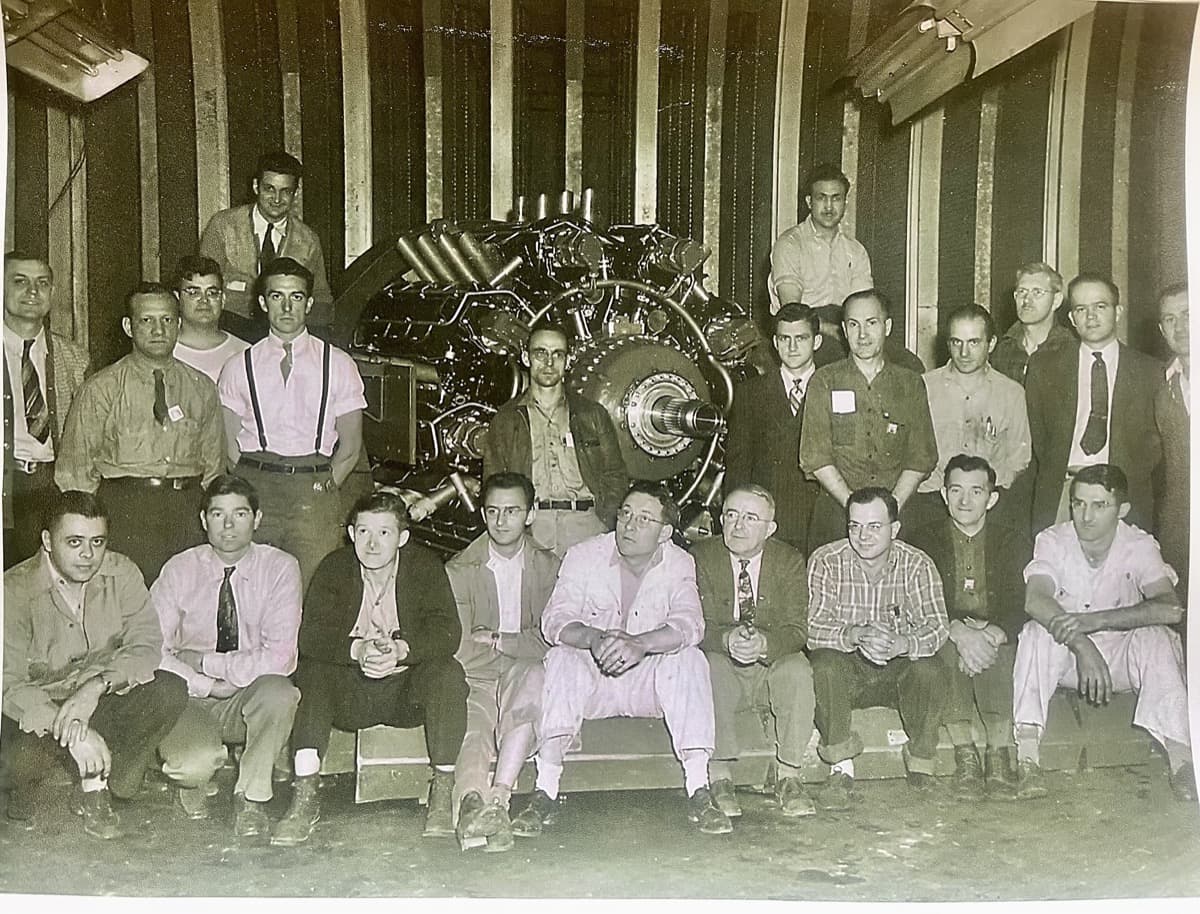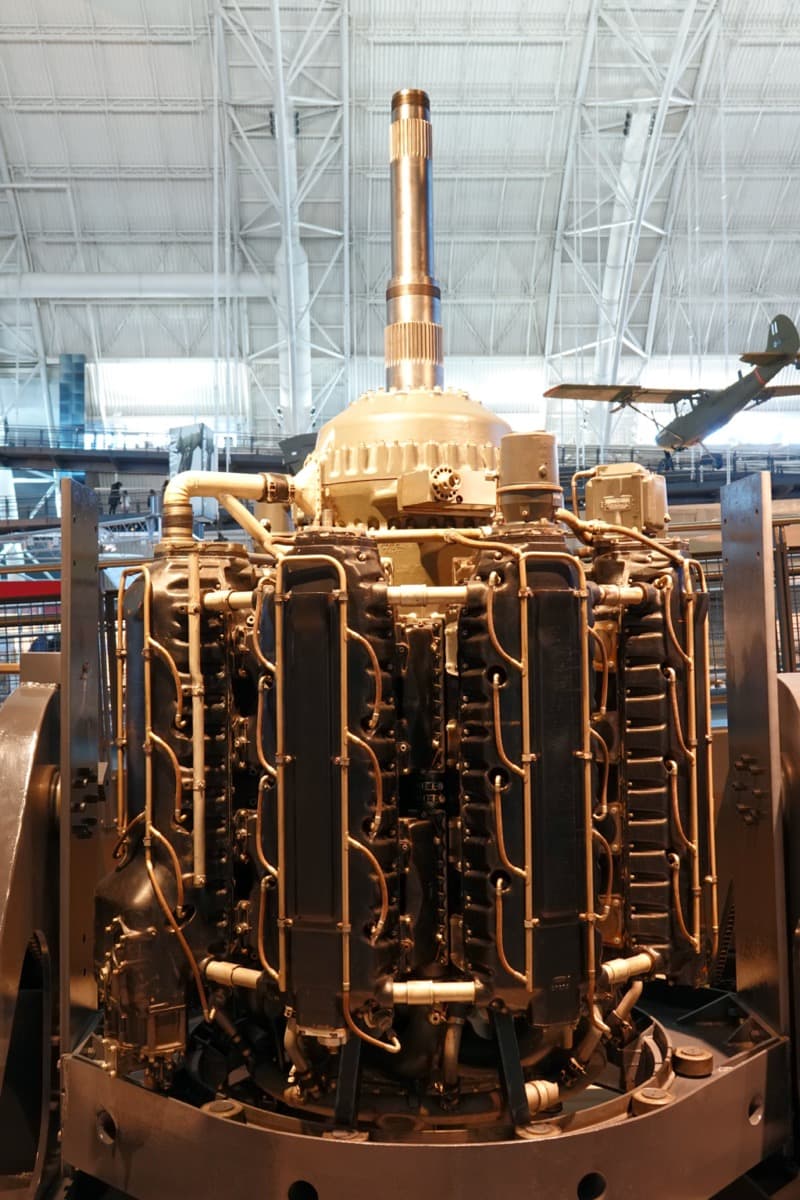
Question for Paul McBride, the General Aviation News engines expert: My grandfather, Russell Leuck, worked at Avco Lycoming Engines in 1943. I found a picture of him with a group of men with the XR-7755-3 (that’s how it’s labeled). My grandfather is pictured bottom row, third from right.
He was a self-taught mechanic and I never heard the full story of his role at Avco.
I was wondering if you would possibly have any thoughts in regards to how he would have been helping with this project?
Joy Hobbs
Answer from Paul, who retired after almost 40 years with Lycoming: Joy, thank you so much for your letter and picture from the past at Lycoming.
From looking at the photograph you sent, my best guess is that those in the picture are the engineers and the mechanics who actually ran the XR-7755 engine in the test stands.
I recognize some of the faces of those in this picture and, as a matter of fact, I had the privilege of actually working with some of these men during my years at Lycoming.
Again, it was so nice of you to write and send this information to me — this is what makes our lives so interesting.
A bit of history
The Lycoming XR-7755-3 is the largest, most powerful reciprocating aircraft engine in the world, with 36 cylinders and a power output of 5,000 horsepower.
During World War II, the U.S. Army Air Forces requested an engine with high takeoff power and low fuel consumption for a yet-to-be designed long-range bomber and transport. Lycoming began designing the engine in early 1944 and it was ready for testing by mid-1946. It featured nine dual-lobe overhead camshafts, which shifted axially for takeoff and cruising efficiency, and a two-speed, geared, dual-rotation propeller drive.

Lycoming built two XR-7755-3 prototypes. The company and the Army successfully tested them, but neither engine ever flew in an airframe.
The reliability of new gas turbine engines introduced after World War II made the XR-7755-3 obsolete before it could be fully developed.
The sole surviving engine is on display at the National Air and Space Museum’s Steven F. Udvar-Hazy Center in Chantilly, Virginia.
"general" - Google News
August 06, 2023 at 08:09PM
https://ift.tt/wLvCYXM
The men who built the largest piston engine in the world — General Aviation News - General Aviation News
"general" - Google News
https://ift.tt/JpISwGH
https://ift.tt/6U8yaiu
Bagikan Berita Ini














0 Response to "The men who built the largest piston engine in the world — General Aviation News - General Aviation News"
Post a Comment